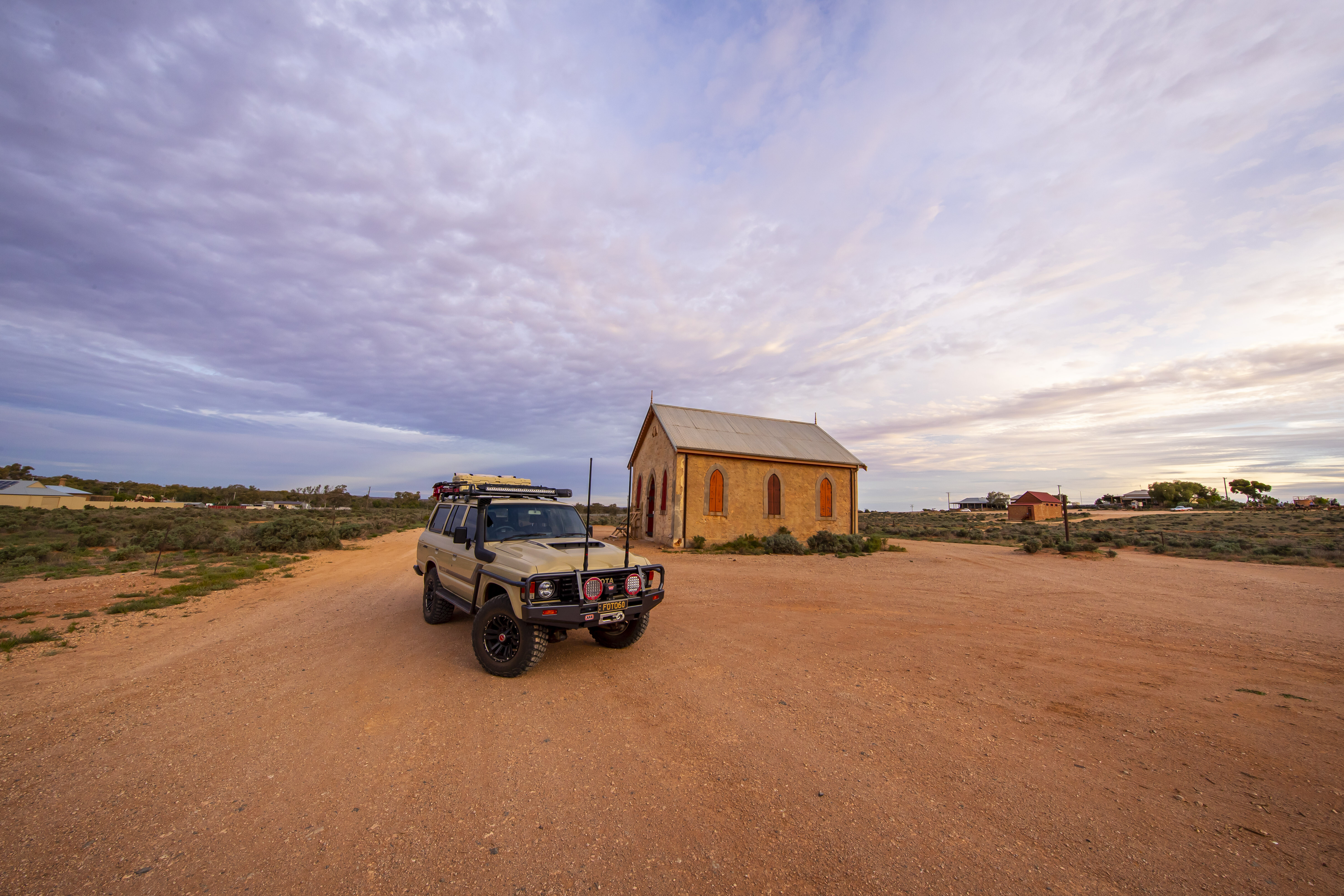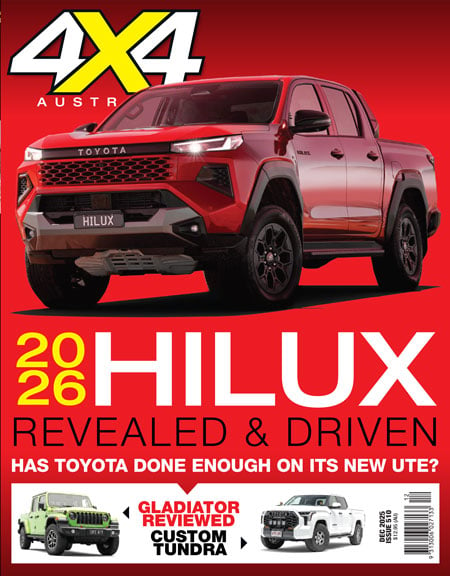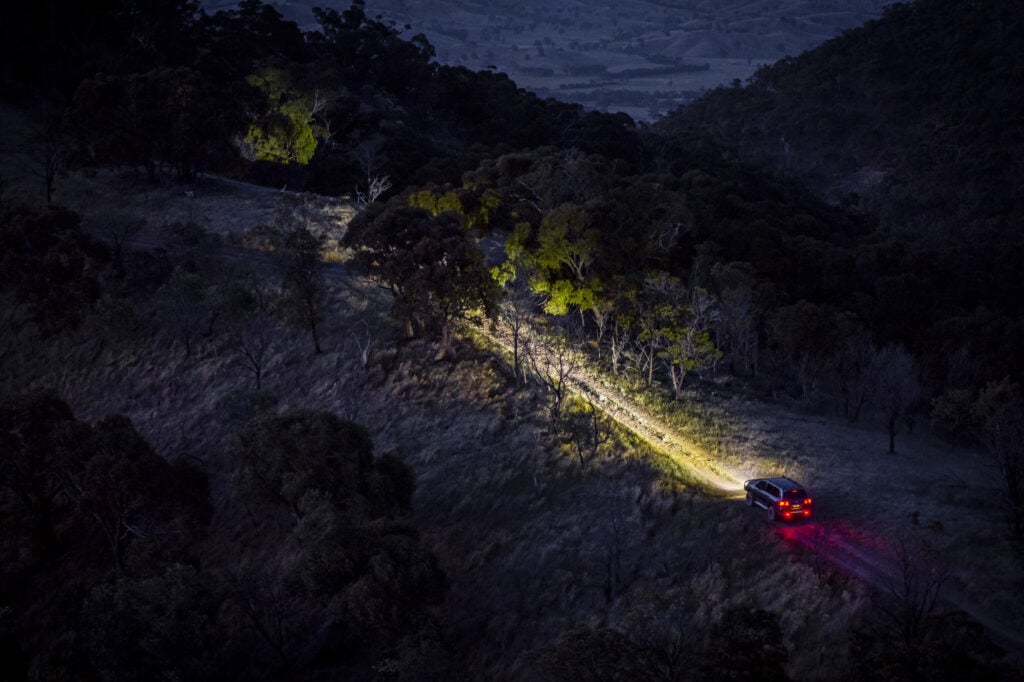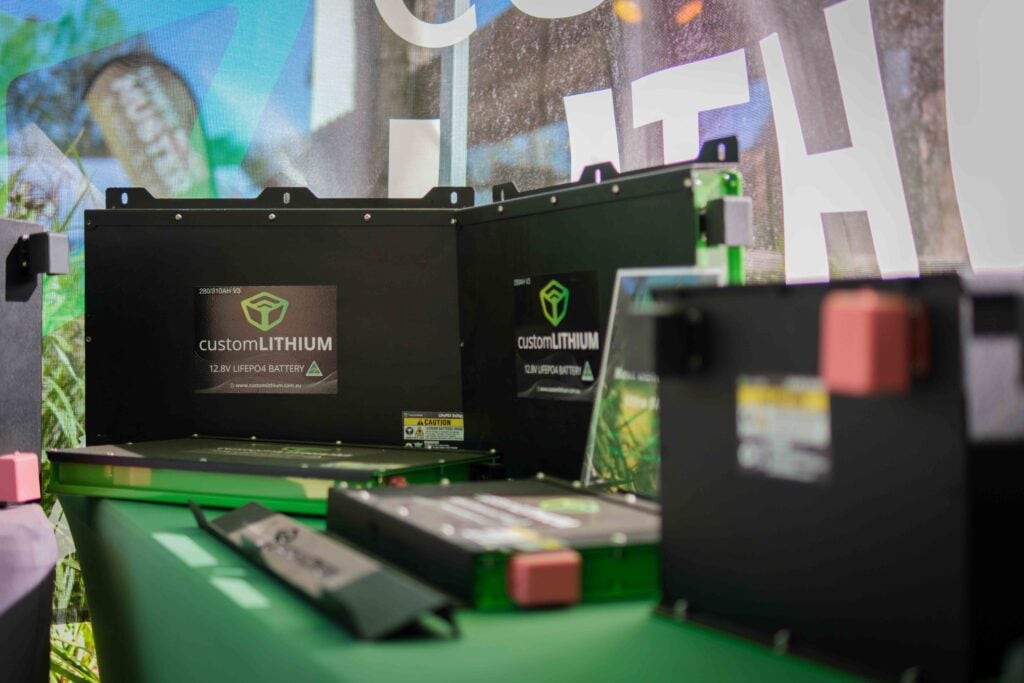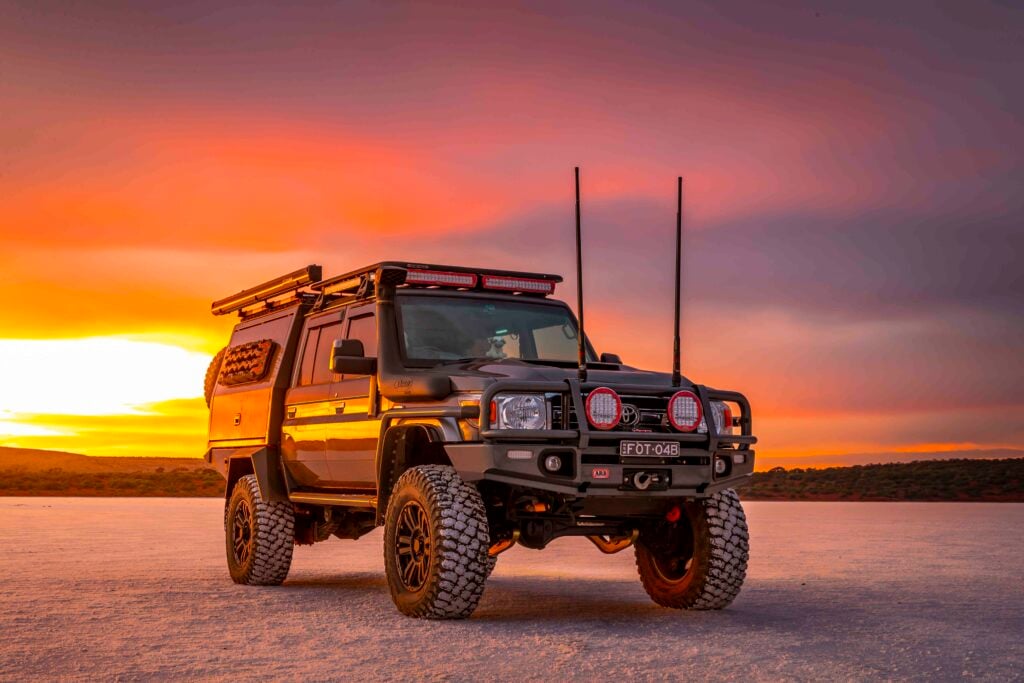It’s that time of year again when many of us start planning an outback adventure. Beyond choosing where and when to go, being properly prepared can make all the difference.
1. Service your vehicle and know basic repairs
We’re going to assume, apart from planning where and when to go, you have serviced your vehicle and have a few basic spares and tools – as well as know-how – to do simple fault-finding and repairs such as changing a fuel filter, replacing a fuse, or swapping a tyre. These are all good skills and important to help keep you moving when far from any vehicle service centre.
2. Check your tyres
Don’t even think of going into the outback on half-worn tyres – you are just asking for trouble. They should have at least 70 per cent of the tread and be of Light Truck (LT) construction. Highway-orientated tyres or passenger-constructed tyres do not last on rocky, corrugated dirt roads, let alone on rough tracks. Depending on the type of road or track, you’ll also need to adjust tyre pressures. Remember, when running tyre pressures lower than normal, to keep your speed under control.
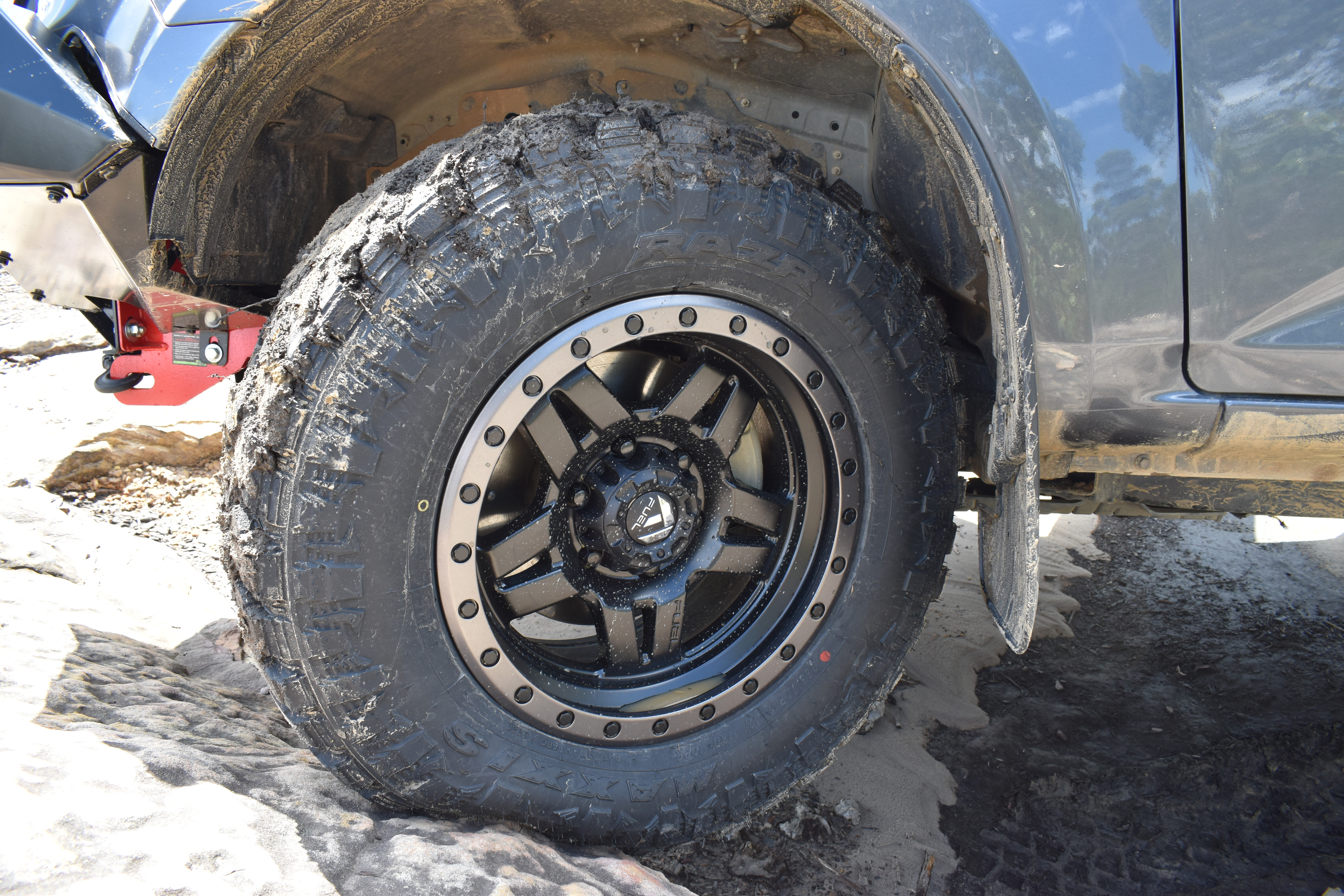
3. Don’t rely solely on digital maps
When navigating across our vast continent, don’t trust Google or other street navigators explicitly. Maps from sources such as Explore Oz often show many tracks – often closed, private, or for management vehicles only – so it’s easy to get misled. That said, Explore Oz is an incredible resource. For desert and outback travel, we nearly always rely on Hema Maps.
4. Carry an extra communication device
While mobile phone coverage is improving across the outback, Telstra has the best coverage. However, some areas – such as the well-used Oodnadatta Track – may only have Optus service. Where neither provider supplies coverage, you’ll need a GPS communicator or a satellite phone. Hire or buy one.
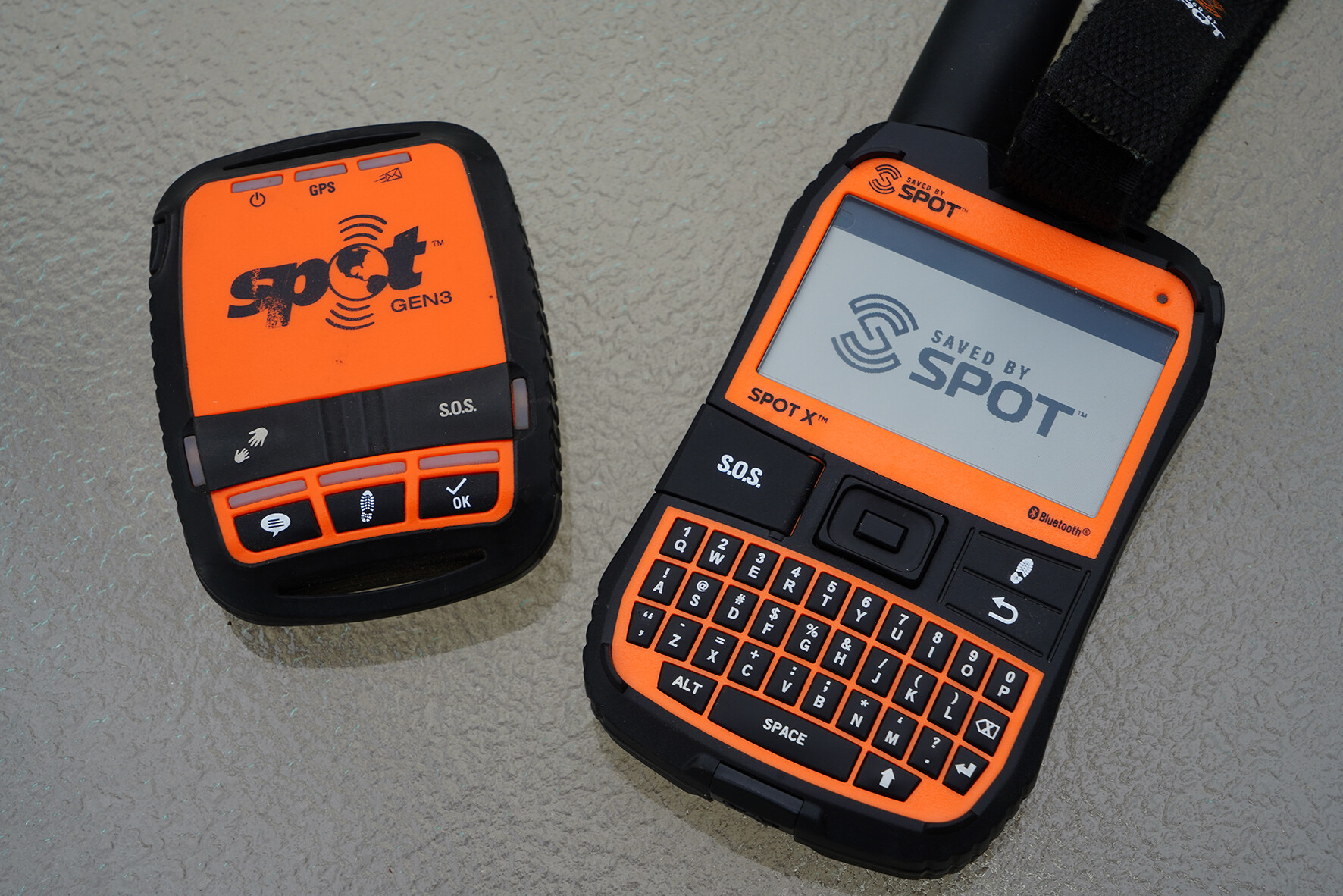
5. Fill up whenever you can
Never drive past a roadhouse without filling up. You never know when the next planned fuel stop will be hundreds of kilometres away – and when you get there, it could be closed or out of fuel if the fortnightly delivery hasn’t arrived.
6. Carry an OBD reader for modern vehicles
For those with modern vehicles where computer chips control everything from engine fuel supply to gear shifts and headlights, it pays to carry an OBD Reader in your repair kit. These help you understand engine codes, and the better units give an idea of possible faults and fixes. Every modern vehicle (from 2005 onwards) should carry one, and units from Autophix Australia are hard to beat.
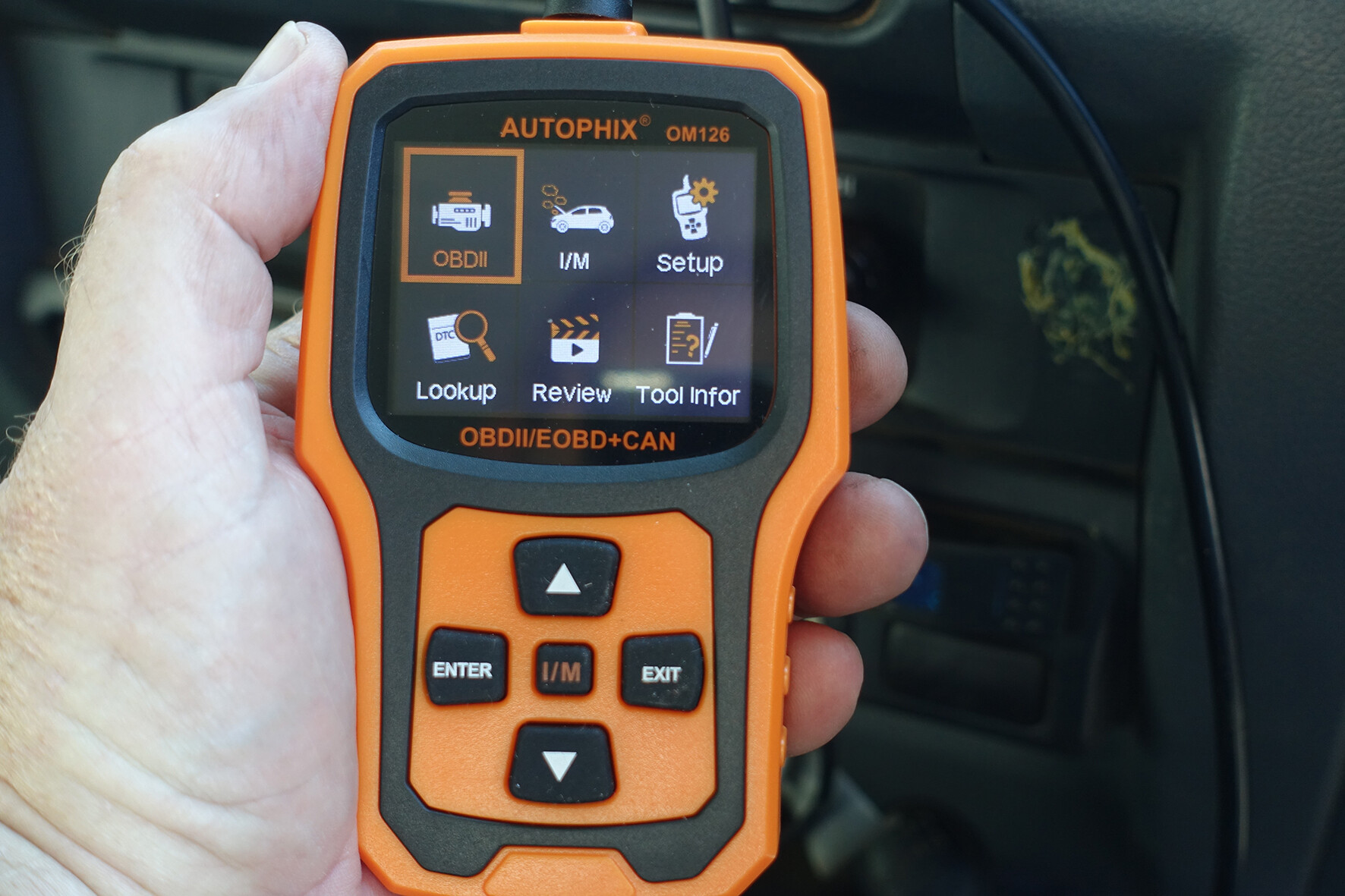
7. Carry cash
While most remote stores and roadhouses have EFTPOS or credit card facilities, your card may not work due to poor internet or other electronic issues. Always carry some cash as a backup.
8. Have a plan for emergencies
Lastly, make sure you have a plan if something goes horribly wrong while travelling in the outback. Carry water, activate your emergency communication device, and ensure someone knows your travel plans. If the worst happens, never leave your vehicle to walk for help.
We recommend
-
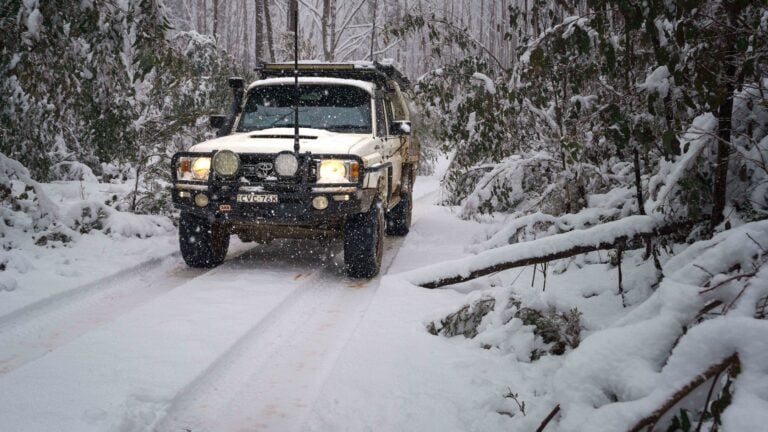 Advice
AdviceHow to master snow driving and winter camping in your 4x4: 8 essential tips for alpine tracks
With the right prep, snow camping can be one of the most rewarding 4WD adventures you’ll ever have
-
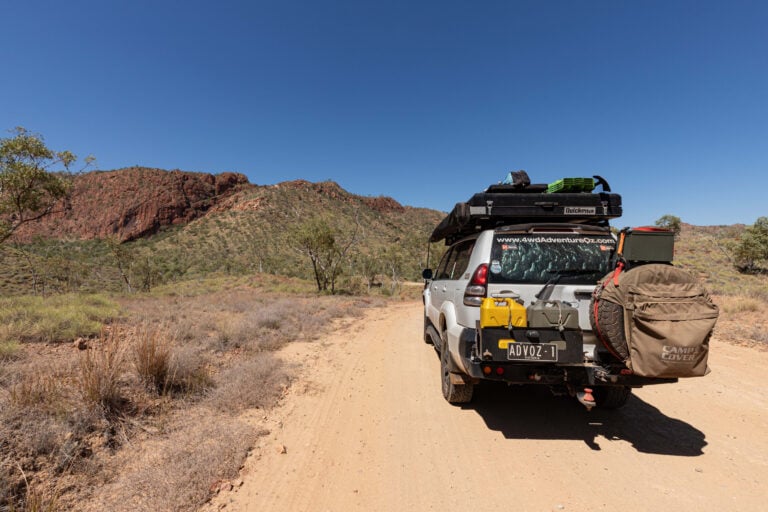 Advice
AdviceOutback travel water guide – how much you really need to carry on remote trips
Straight-up advice on how much water you really need to carry for safe and comfortable travel in the Aussie Outback
-
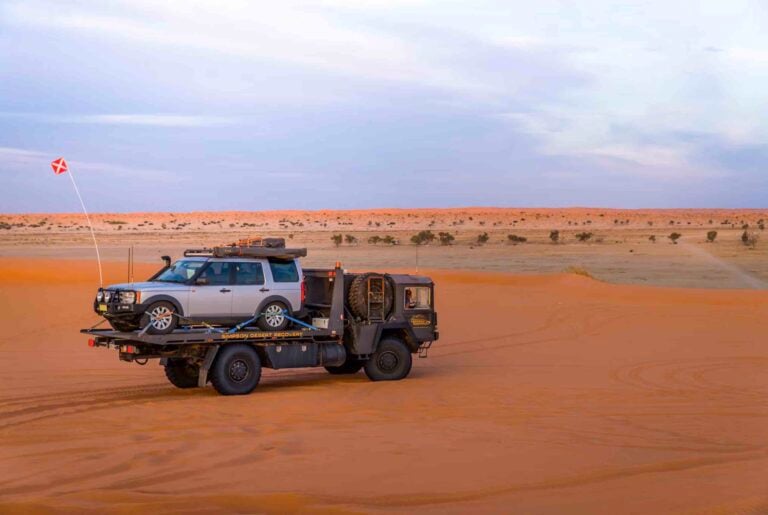 Advice
AdviceStranded in the Outback? Why your roadside assistance could make or break your trip
A breakdown in the bush can escalate quickly – having the right roadside cover could be your ticket home

